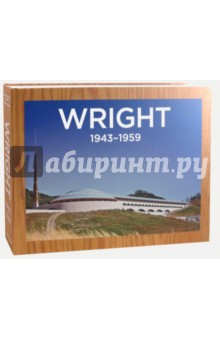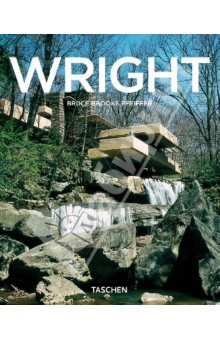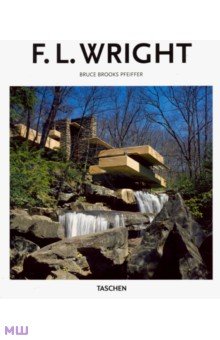О книге
The Wright stuff The definitive publication on America's greatest architect Frank Lloyd Wright (1867-1959) is widely considered to be the greatest American architect of all time; indeed, his work virtually ushered in the modern era and remains highly influential today. His wide-ranging and paradigm-shifting oeuvre is the subject of TASCHEN's three-volume monograph that covers all of his designs (numbering approximately 1100), both realized and unrealized. Made in cooperation with the Frank Lloyd Wright Archives in Taliesin, Arizona, this collection leaves no stone unturned in examining and paying tribute to Wright's life and work. From his early Prairie Houses (typified by the Robie House) to the Usonian concept home and progressive "living architecture" buildings to late projects like the spiral Guggenheim Museum in New York and the development of his fantastic vision of a better tomorrow via his concept of the "living city," all of the phases of Wright's career are painstakingly described and illustrated herein. Volume 1 covers the early Chicago years and the Prairie Houses, the period which provoked a profound influence on European architects. Wright's architectural work during these early years was mostly residential, as it would be throughout his career, and from his earliest work, Frank Lloyd Wright demonstrated a knowledge of and respect for natural materials. In the ten years betweeen 1896 and 1906 he developed and perfected the so-called "prairie house." Wright believed the architect should have complete charge of architectural design, and for him this meant interior furnishings as well as exterior landscape. The 1908 Avery Coonley residence, the administration building for the Larkin Soap Company (1903-1905), and the Unity Temple (1905) are examples of major works from the period. The author: Bruce Brooks Pfeiffer became Frank Lloyd Wright's apprentice at the Taliesin Fellowship in 1949. In 1957, he attended the Ecole Nationale des Beaux-Arts in Paris, returning in 1958 to continue his apprenticeship with Wright until his death in 1959. He remains at Taliesin to this day, as director of the Frank Lloyd Wright Archives, a vice-president of the Frank Lloyd Wright Foundation, and author of numerous publications on Wright's life and work.
Отзывы
0Чтобы оставить отзыв или проголосовать, необходимо авторизоваться

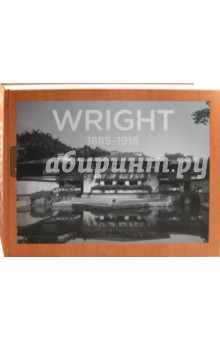


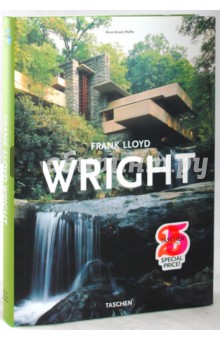
 0
0 